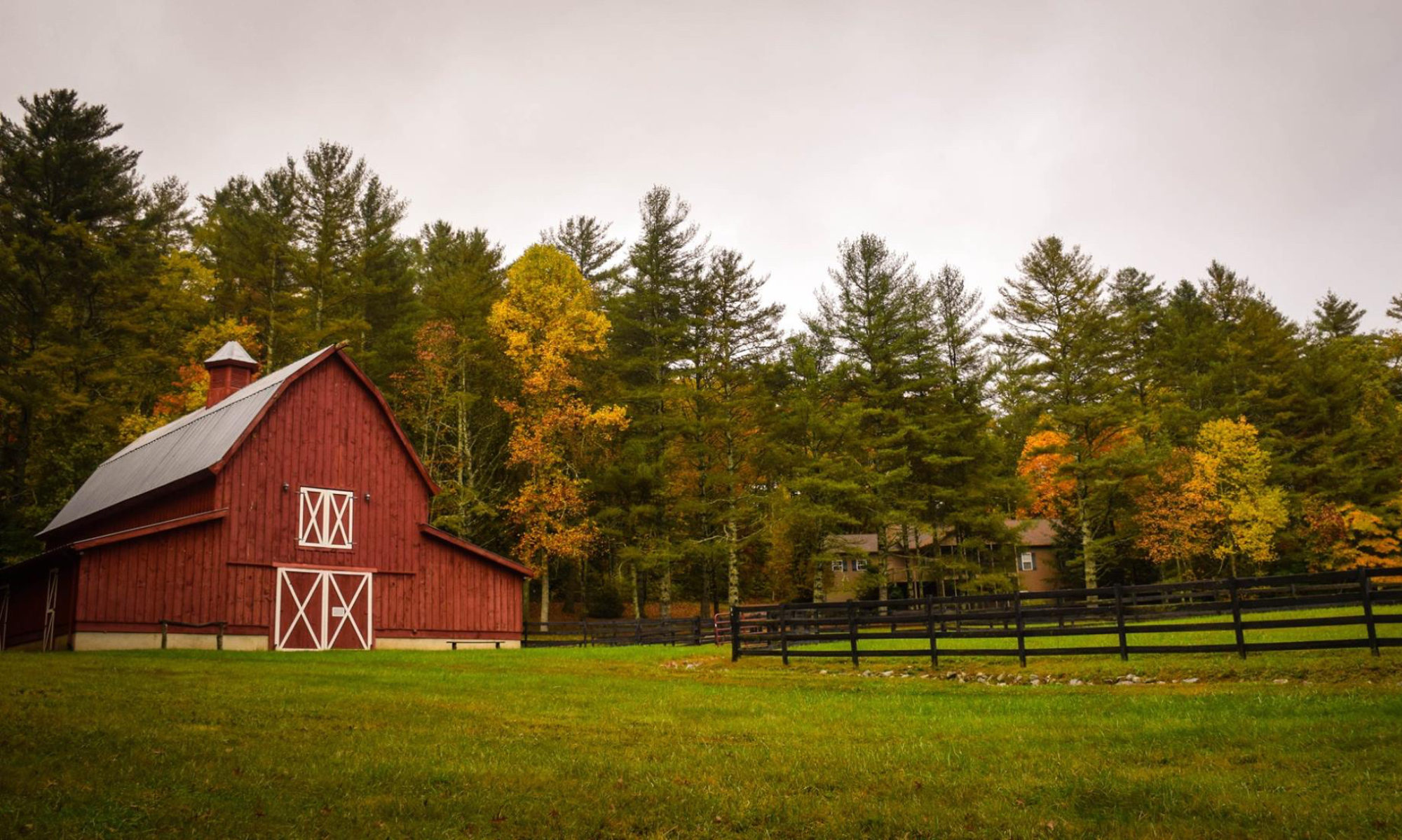My little brother sent me the below photo of our family farm this evening. He found it online at an aerial map service.
I remember the aerial photo of my family’s farm that my grandparents used to have hanging on their wall. They paid an aerial photographer for it. Apparently such expensive endeavors are no longer necessary. The photo below is not as high quality as the photo that used to hang on my grandparents wall, but this one was free.

The pictures is oriented as you would a map. The greenest square in the southwest corner is the yard and house. To the north and west is the machine shed. Directly north of the house is the barn where my grandpa milked cows and where my family has raised sheep, pigs and beef cattle. To the north of that yet is a feed yard and the old silo, unused for decades. To the east of the silo are a couple of open front livestock sheds. North of the silo and those sheds is the grove of trees planted to protect the farmstead from cold north winds.
To the east of the yard and house is the shop and the corn crib that we shelled ear corn out of until I was in high school. The larger white building to the north of the corn crib and to the east of the silo is the insulated winter farrowing building what we bought second hand and moved on site while I was in college.
To the east of the farmstead sits four hoop houses for hogs. We built all four from the ground up with little or no hired labor, completing the first and west-most one in the fall of 1998. I still distinctly remember finishing it on crisp fall days while listening to market reports on the radio as the price of hogs crashed. We poured a shorter concrete slab in the front of that building and used plywood for the walls. Who could justify more expensive concrete and tongue and groove sidewalls with hogs at eight dollars a hundred weight?
I think we took one year off before building the next three hoop houses in three consecutive years. The third and fourth were purchased used. Their previous owner tore them down, opting instead to build more confinement facilities. I remember talking to him as he told me that the hoop house “just didn’t fit with his business model.” I think he had tried to pack hogs into them as dense as he did in his confinement buildings, and was disappointed with the results.
Soon there is a good chance there will be no more hogs in those hoop buildings. That’s a story for another blog post though.





